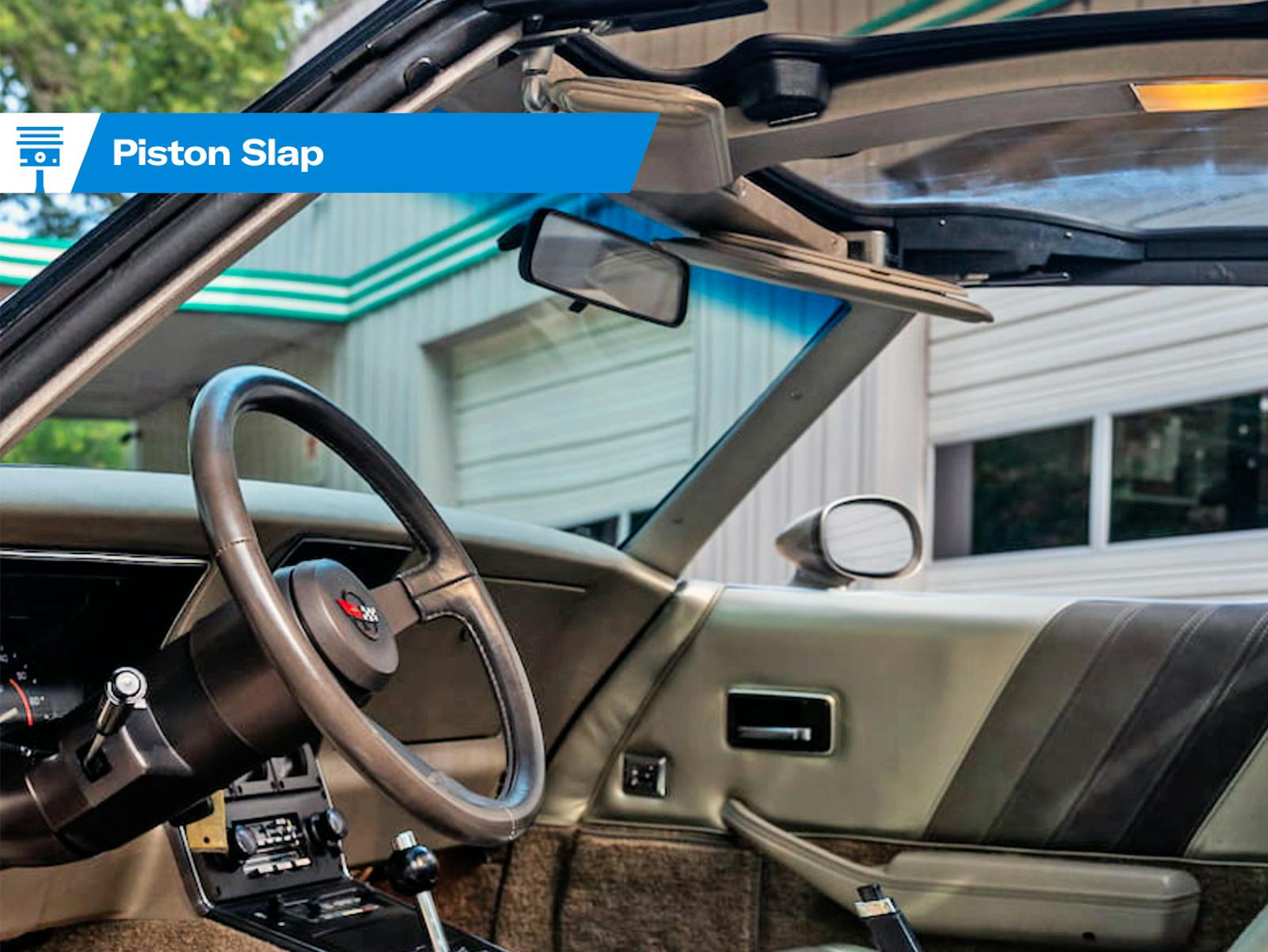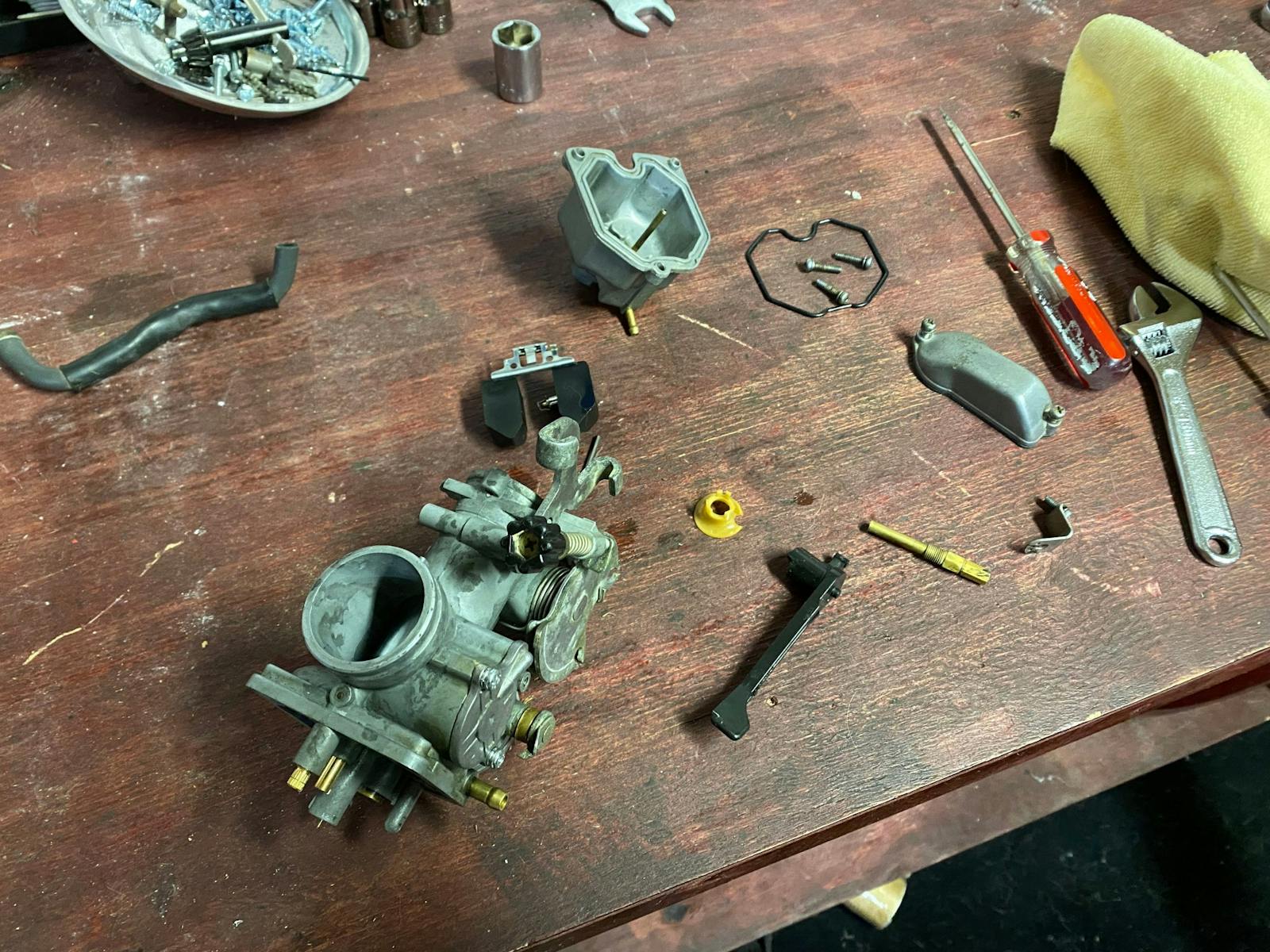The 5 best dashboards of the muscle-car era
2023 marks 70 years since the first Corvette rolled off the line in Flint, Michigan. To complement our extensive coverage of America’s sports car, from never-realized prototypes to Barbie partnerships to the future of Corvette Racing, we dug up this 2018 story focusing on interiors and starring the C2 (shown above). Enjoy! — Ed.
When it comes to American performance cars of the 1960s, we tend to focus on style and quarter-mile times. Considering that cars were made to be driven, it is somewhat curious that ergonomics took so long to catch on with designers. Is it any wonder the aftermarket was so successful with accessories like tachometers?
Yet not all performance cars were designed with sweeping needle speedometers and poorly placed tachometers. All it took was one quick glance and vital statistics were easily registered without having to take your eyes off the road.
Who got it right? Here’s a subjective list:
1963–67 Chevrolet Corvette
Chevrolet’s redesigned Corvette was special for several reasons: Split-window style, four-wheel independent suspension, and great weight distribution, among other things. The 1963 Corvette also had “new conveniences [that] blend Sunday-driving ease with sports car function,” thanks to its functional instrument grouping: speedometer, tachometer, ammeter, oil pressure, and fuel and temperature gauges were grouped in a “single smart-looking cluster,” all within easy eyeshot. There were few changes through 1967, and for good reason—it followed a standard that was appropriate for a sports car and set one that should have been emulated by Detroit but rarely was.
1963–64 Studebaker Avanti
20180815155244)
The Avanti was a make-or-break model for Studebaker, which at the time was America’s oldest automotive manufacturer. With fiberglass construction and exotic, Euro-inspired style, this 2+2 from South Bend, Indiana, was unique in so many ways. The interior kept the unique which included “aircraft throttle-like controls” and functional instrumentation that included 160-mph speedometer, tachometer, ammeter, oil pressure, water temperature, manifold pressure, gas gauge, and clock. All this was illuminated by red backlighting that seems to have picked up in popularity in recent years.
1966–67 Dodge Charger
20180815155550)
The 1966 Charger’s “four easy-to-read hooded circles” (150-mph speedometer, 6000-rpm tachometer, alternator, water temperature, oil pressure, and fuel) stood in contrast to the regular Coronet dashboard, which was a generic horizontal needle design with an optional tach only available on the console for the Coronet 500 trim level. While the Charger’s chrome bezels could be prone to glare, the dials themselves were large, legible, and illuminated by nifty electroluminescent lighting. Chrysler had previously used electroluminescence in 1960–62 which, at night, provided a gray-green glow with the added effect of depth as if it was rendered in 3D—something that is mimicked by today’s electronic dashboards.
1967–68 Mercury Cougar XR-7
20180815161013)
Only the base Cougar was available when Mercury’s pony car was introduced in the fall of 1966. The Cougar received a boost of European style with the XR-7 model, an upscale trim level introduced in the middle of the model year. Included in the XR-7’s standard features were “supple, glove-soft leathers” combined with vinyl for both front and rear seats, toggle switches, overhead console with dual map lights and warning lights, and map pockets and door assist straps, plus several other features. But it was the simulated walnut instrument panel, complete with “competition-type” gauges consisting of oil pressure, temperature, ammeter, tachometer, and fuel gauge, that gave the XR-7 its characteristic flavor. Add the GT package or, for 1968, the GT-E package, and you’d have yourself an American-style gran turismo.
1969–70 Pontiac Grand Prix
20180815161045)
For 1967, buyers had the option to accent the GTO’s wood-grained dashboard with an all-new hood tachometer. When combined with the Rally cluster, the driver could grasp all major vitals while keeping tabs of the engine’s heartbeat without removing his/her eyes from the road. Now imagine that with a “cockpit-style instrument panel that almost lays every gauge, control, and switch in your lap.” That would look like the 1969–70 Grand Prix, a driver’s car with an instrument panel that curved around the driver (shades of the Studebaker Avanti). Sure, the hood tach mechanism didn’t take too kindly to hood-slamming, and the lighting has been described as done by overworked fireflies, but this was Pontiac at the top of its game, especially when equipped with the 428 HO and four-speed.
***
Check out the Hagerty Media homepage so you don’t miss a single story, or better yet, bookmark it. To get our best stories delivered right to your inbox, subscribe to our newsletters.
20180815160935)


I remember these cars from my time back in the 60’s . I owned a 1966 Dodge Coranet with the very
similar dash as the one showed from 1966-1967 and the interior . It loved the gas pumps 5 miles to
the gallon of gasoline even with the key shut off going down hill.
I think you missed one of the best in the 1970’s Pontiac Trans Ams. Engine turned appliqué, Full gages, plus the Formula steering wheel made it stand out.
I second that Mike, the TA layout was clean and purposeful, right down to the tick tock tach. I was very surprised to see the Mercury XR-7 dash instead but I suppose it would be unfair to have two Pontiacs in the list of five ;>) The vette and Avanti definitely deserve a mention, but good luck replacing the dash wiring harness in the vette!
The C2 Corvette by a big margin.
I have owned a 66 Corvette for 43 years, IMO, the most classic and well thought out gauge clusters ever! I’m also a British car fan and
the dash and cluster setups are beautiful. I’m a purist and long for the old day’s when cars were really CARS!
The Cougar XR7 is my favorite. The picture is a 68.
The 67 had a better steering wheel but same dash.
I have to agree…nice 60’s euro-tones mixed with a stylish mid-century vibe. Much to admire.
1969 /1970 Mach 1 Mustang
The dash and the whole cockpit
Yes, excellent dash that got rave reviews in 1969! One negative, Form integrated more plastics into the dash like the radio, console area. I know this since I have own a 69 Mach 1. Also it’s a total pain to work on anything behind the dash.
Yes, excellent dash that got rave reviews in 1969! One negative, Form integrated more plastics into the dash like the radio, console area. I know this since I have own a 69 Mach 1. Also it’s a total pain to work on anything behind the dash.
I agree.I loved my 69 Mach 1 dash.
I agree. There is nothing like sitting in the cockpit of my ‘69 Mach I to give me inspiration.
These are all good selections, BUT where is the iconic 1959 – 1960 full size Chevrolet gauge binacle?!
Fun article. Thank you.
Too bad there’s no audio to go along with the pix: I miss that plastic squeaking along with body torsion.
I really like the 70 – 71 Cuda Rallye dashes with the 8k Tachometer
Corvette gets my vote
The 1967-68 Cougar XR-7 gets my vote. Does anyone know what XR-7 actually means?
I like the Avanti Studebaker in a lot of ways way head of the other guys in some
ways to bad the company went out of business.
Avanti, for me.
A quirky, yet unique unexpected contender, with its aviation inspired set up . Red light up displays were used on planes for easier viewing to protect pilots vision while flying.
Good to see this one.
I owned a 1967 Dodge Charger. Amazing dash, nice center console, and 4 bucket seats. Loved that car…..but it’s sale funded my new house.
Left out the 67 Shelby which had the brushed aluminum dash. With the dual gauge pod (oil and amp) below. The beautiful steering wood and aluminum steering wheel just complement it. I miss the 67 GT-500 that I use to own. Then there is also the Shelby Cobra, but some would debate whether that is a muscle car.